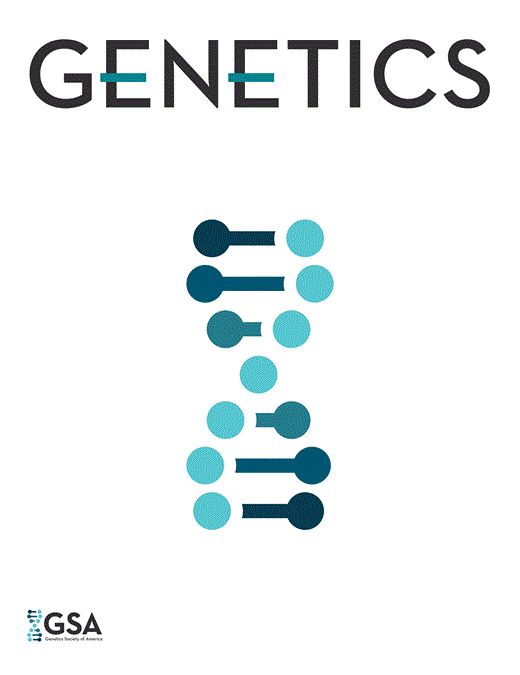-
PDF
- Split View
-
Views
-
Cite
Cite
Ryszard Korona, Genetic Divergence and Fitness Convergence Under Uniform Selection in Experimental Populations of Bacteria, Genetics, Volume 143, Issue 2, 1 June 1996, Pages 637–644, https://doi.org/10.1093/genetics/143.2.637
Close - Share Icon Share
Abstract
Replicate populations of bacteria were propagated for 1000 generations in the laboratory. The growth substrate was periodically renewed, so that during most generations (cell doublings) it was not limiting. The final clones demonstrated about a 40% fitness increase when competed against their common ancestor. This increase was uniform both among and within populations despite extensive differentiation in correlated traits: cell size, resistance to starvation and dry mass of culture. It is suggested that genetic diversity developed because selection promoted any changes directing cell activity toward a higher maximum growth rate. Evolution of this trait halted at a similar level when some basic constraints on bacterial metabolism were met. The selective values of emerging mutations must have depended on the genetic background. They would be beneficial early in evolution but ineffective near the limit of adaptation. This hypothesis was tested for one mutation that affected both fitness and colony morphology. In some clones it was the first adaptive mutation and provided a third of the total fitness increase, but it was not assimilated by the clones that reached the adaptive ceiling in some other way. Near the limit of adaptation, epistasis levels off the fitnesses of genetically variable clones.
Communicating editor: A. A. Hoffmann



